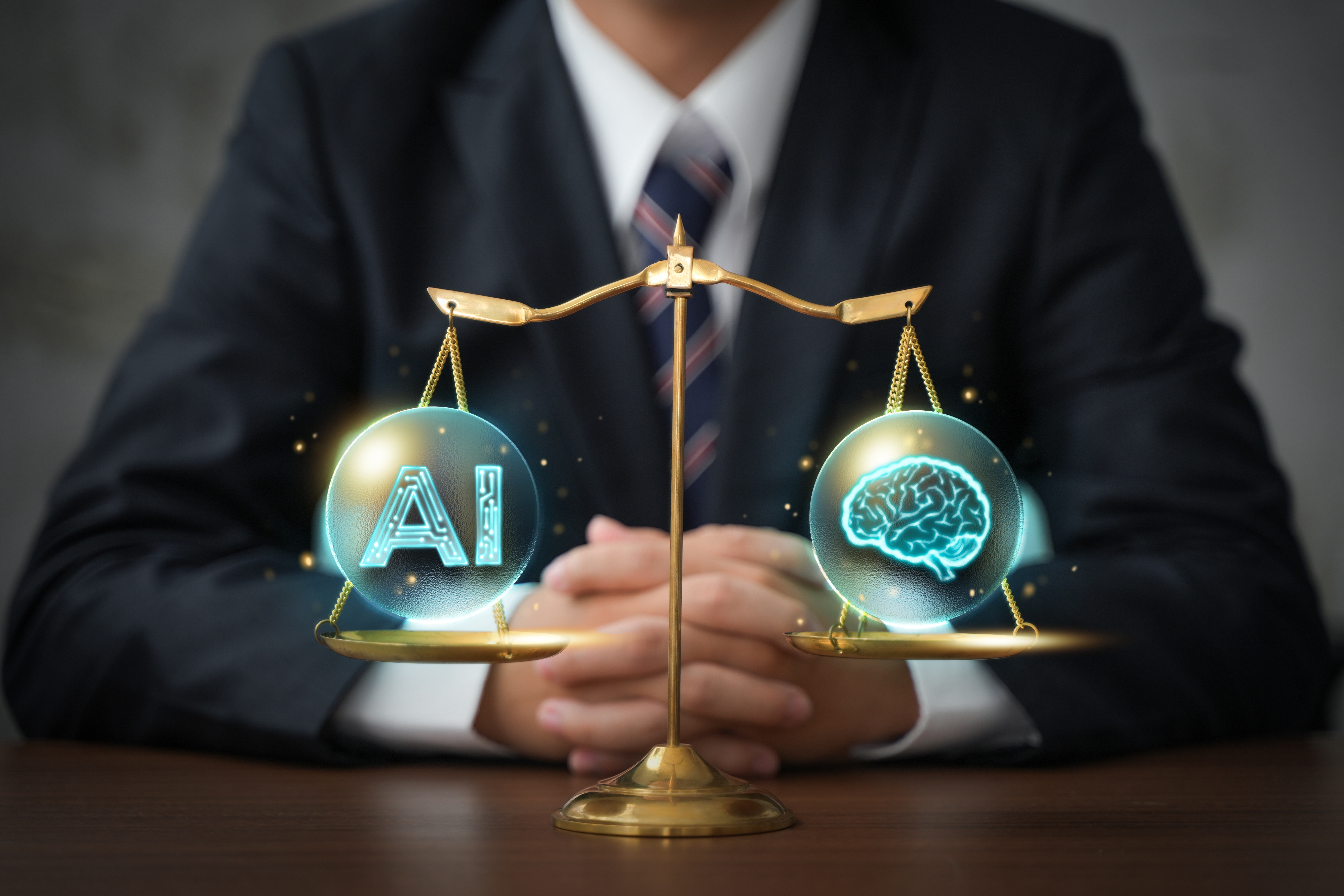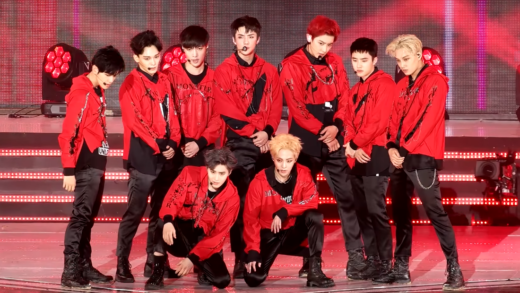
Artificial intelligence is an early stage technology and the hype around it is palpable, but IT leaders need to take many challenges into consideration before making major commitments for their enterprises.
Analysts at this week’s Gartner IT Symposium/Xpo spent tons of time talking about the impact of AI on IT systems and teams. It began with the opening keynote, which asked the question: “The world of Artificial Intelligence is exhilarating and often exhausting, and the pace of innovation can seem impossible to keep up with. But what if you don’t have to?”
“CIOs can set the pace in their AI outcomes race,” said Hung LeHong, distinguished vice president analyst and Gartner Fellow. “If you have modest AI ambitions, in an industry that isn’t being remastered by AI yet, you can afford to go at a more measured pace. This is an AI-steady pace. For those organizations with bigger AI ambitions, or in an industry that’s being reinvented by AI, the pace will be faster. This is an AI-accelerated pace. Whether you’re moving at an AI-steady or AI-accelerated pace, you have to deliver value and outcomes.”
With that as a backdrop, Gartner analysts offered a number of takes on AI throughout the symposium. Here are 13 of the most interesting ideas:
- “Current spending on generative AI (GenAI) has been predominantly from technology companies building the supply-side infrastructure for GenAI,” said John-David Lovelock, distinguished vice president analyst at Gartner. “CIOs will begin to spend on GenAI, beyond proof-of-concept work, starting in 2025. More money will be spent, but the expectations that CIOs have for the capabilities of GenAI will drop. The reality of what can be accomplished with current GenAI models, and the state of CIO’s data will not meet today’s lofty expectations.”
- “GenAI will easily eclipse the effects that cloud and outsourcing vendors had on previous years regarding data center systems,” according to Lovelock. “It took 20 years for the cloud and outsourcing vendors to build up spending to $67 billion a year on servers. The demand of GenAI will help nearly triple server sales from 2023 to 2028.”
- With AI and data proliferating everywhere in the enterprise, AI and data are no longer centralized assets that IT directly controls. A Gartner survey of over 300 CIOs found that on average, only 35% of their AI capabilities will be built by their IT teams. This means that new approaches are needed to manage and protect data access and govern AI inputs and outputs and safely deliver AI value.
- To generate business value with generative AI (GenAI), people must consistently use GenAI tools in their workflow. In a second quarter 2024 Gartner survey of over 5,000 digital workers in the U.S., UK, India, Australia and China, employees said that they saved an average of 3.6 hours per week by using GenAI. But not all employees get the same degree of benefit from using GenAI. “Productivity gains from GenAI are not equally distributed. Gains vary by employee, not just because of their personal interest and levels of adoptions, but according to complexity of job and level of experience,” LeHong said.
- More than 90% of CIOs said that managing cost limits their ability to get value from AI for their enterprise, according to a Gartner survey of over 300 CIOs in June and July 2024. In fact, Gartner believes that cost is as big an AI risk as security or hallucinations. If CIOs don’t understand how their GenAI costs scale, Gartner estimates that they could make a 500%-1,000% error in their cost calculations.
- Some employees may feel a strong affinity for AI. Others may feel threatened or resentful. These intense reactions to AI can lead to unintended behavioral outcomes that negatively impact employees’ work performance, such as jealousy of those using AI and overdependence on AI tools.
- Few organizations are actively managing these behavioral outcomes. In the June/July Gartner survey, only 20% of CIOs said they focus on mitigating potential negative impacts of GenAI on employee well-being. “Most enterprises aren’t curious enough about how AI makes their employees feel. This matters because AI can lead to all sorts of unintended behavioral outcomes,” according to Mary Mesaglio, distinguished vice president analyst with Gartner.
- AI has the capability to perform sentiment analysis on workplace interactions and communications. This provides feedback to ensure that the overall sentiment aligns with desired behaviors which will allow for a motivated and engaged workforce. By 2028, 40% of large enterprises will deploy AI to manipulate and measure employee mood and behaviors, all in the name of profit.
- Organizations that deploy AI to eliminate middle management human workers will be able to capitalize on reduced labor costs in the short-term and long-term benefits savings. Through 2026, 20% of organizations will use AI to flatten their organizational structure, eliminating more than half of current middle management positions.
- “Advances in GenAI capabilities are likely to come at a breakneck pace over the next few years, and the tools that will become available over the next 2-5 years are very likely to be transformative.” According to Arun Chandrasekaran, distinguished vice president analyst at Gartner. “GenAI-enabled virtual assistants, such as ChatGPT, have attracted much attention, but a huge number of GenAI applications and use cases go even further.”
- “Massively pretrained foundation models, such as LLMs, are at the core of the GenAI wave. They are evolving to become more multimodal and instruction trained to be conversational. A growing ecosystem of GenAI tools and techniques helps organizations build, govern and customize GenAI powered applications,” Chandrasekaran said.
- “When compared to other Gartner Hype Cycles, the Generative AI Hype Cycle has almost all innovations in the innovation trigger or peak of inflated expectations, which is characteristic of an early-stage market,” Chandrasekaran said.
- “Move beyond productivity and consider ‘sidekick’ like use cases to fully deliver the promise of AI. Develop minimum viable products by composing and mixing multiple innovative AI techniques as the AI learning curve is incompressible,” said Erick Brethenoux, distinguished vice president analyst at Gartner.
Remember to like our facebook and our twitter @WindowsMode for a chance to win a free Surface Pro every month!
Discover more from Windows Mode
Subscribe to get the latest posts sent to your email.















